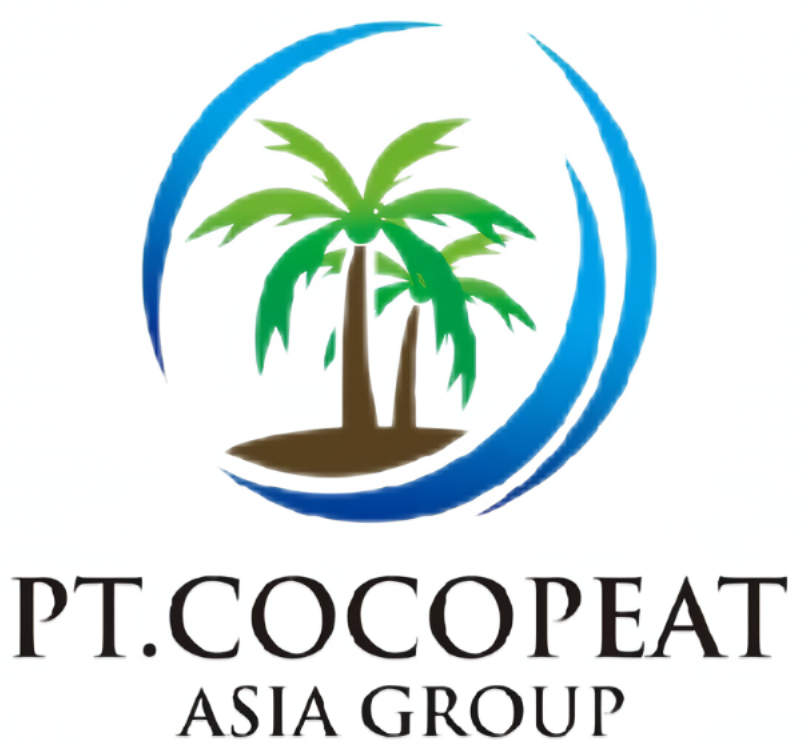
Source Of Material
PT. Cocopeat Asia Group
Indonesia is the largest coconut producer in the world with a record, there are 95 districts in Indonesia that produce coconuts with a coconut plantation area of more than 10 thousand hectares (ha) each. Coconut farmers in Indonesia reach two million people with a composition of 98.93 percent are smallholders. Meanwhile, Indonesia has about 3.5 million ha of coconuts, but total coconut production is still low.
According to data from the Ministry of Agriculture, the average coconut production center in Indonesia in 2014-2016 was 14.34 percent from Riau Province, 9.14 percent from North Sulawesi Province and 8.73 percent from East Java Province. Other provinces in Indonesia that are coconut producers are North Maluku, Central Sulawesi, Central Java, Jambi, West Java, Maluku, Lampung, and 33.83 percent in other provinces.
Coconut is a plant that almost all parts can be used commercially ranging from tree trunks, fruits, coir, shells, to coconut water. Products that can be produced from coconuts are in great demand because of their high economic value. Among them are Coconut Crude Oil (CCO), Virgin Coconut Oil (VCO), activated carbon (AC), coconut fiber (CF), coconut charcoal (CCL), and oleochemicals that can produce fatty acids, metal esters, fatty alcohols, fatty amines, fatty nitrogen, glyserol, and others.
Meanwhile, leaves, coir, and coconut stems are also industrial raw materials to produce household equipment (furniture) such as doormats, brooms, spring beds, mattresses, and other prospective mats to be developed.
The value of coconut exports was recorded at USD510.14 million in 2010, which doubled to USD1.21 billion in 2014. Indonesia is the second largest exporter of coconut and coir in the world after India. In 2014, Indonesia’s contribution reached 20.16 percent of the total world exportvalue.
Based on data from the Indonesian Coconut Processing Industry Association (HIPKI), the total national coconut demand in 2015 was 14.63 billion coconuts or valued at USD3.53 billion. A total of 1.53 billion coconuts or 10 percent for household consumption, 3.5 billion grains or 24 percent for the export market, and the rest is used for raw materials for the processing industry. While for the average coconut production per year is estimated at 12.9 billion coconuts.
Cocopeat Asia Group in this case utilizes coconut husk waste which is very profitable for us so that it can produce products that are very useful for various countries around the world. We process this coconut husk waste as selling products such as cocopeat, cocofiber, and cocochip.



